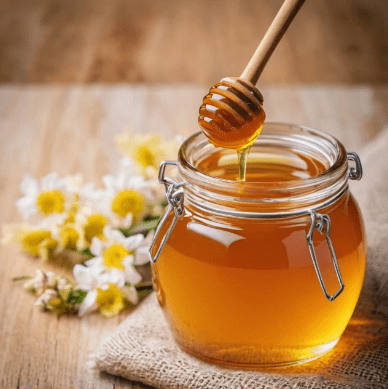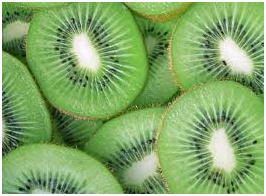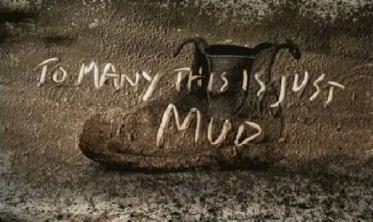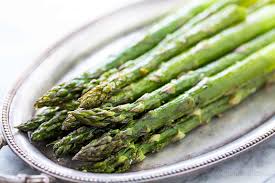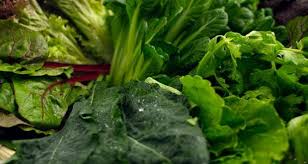Rosh Hashanah is here, and it’s the perfect time to talk about honey, which will soon honor our holiday tables, and the bees that produce it.
So, where does the story of honey and bees begin? Well, it all starts on a faraway continent called Gondwana. No, I’m not making this up. Up until about 65 million years ago, there was a massive continent in the southern hemisphere called Gondwana, which eventually split into what we now know as South America and Africa.
The story of bees goes back to Gondwana, long before Africa and South America existed, about 120 million years ago, around the same time as the dinosaurs. Where did they come from? They evolved from wasps, which were already around back then.
But while most wasps are carnivorous, this new species preferred nectar, and with the help of an enzyme secreted from the bee’s body, they began producing honey. The bees’ craving for nectar changed the world’s ecological balance, as they became (and still are) the planet's top pollinators, ensuring that our world blossoms and we have fruits to eat.
Oh, and honey too, of course.
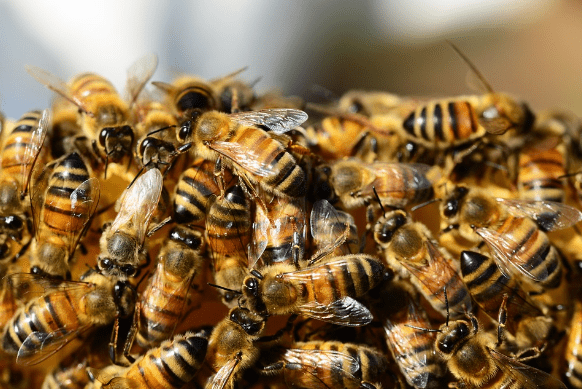
Bees and their honey have been around long before us, but as soon as we stood upright and developed consciousness, we developed an obsession with honey. This didn’t happen in just one place — wherever we find evidence of early human existence, we also find traces of honey consumption.
In Zimbabwe, for example, 15,000-year-old cave paintings have been discovered, depicting honey gathering with the use of smoke. Similar ancient evidence comes from Spain, India, South America, and Australia. Humanity’s obsession with honey existed long before the written history.
This was no trivial matter — gathering honey in the wild is a challenging and dangerous task, yet people weren’t deterred from pursuing the sweet reward. The answer likely lies in our love of sweetness. In the modern world, sugar is a cheap and widely available comodity. But for most of human history, sugarcane and sugar beet processing came much later.
For example, sugar arrived in Europe during the Middle Ages. And in ancient times, fruits were far less sweet than they are today. But honey — well, honey has always been as sweet as honey.
By the time we reach written history, honey harvesting, and in many places even the controlled cultivation of domesticated bees, was a common practice, from Egypt and Sumer to the British Isles, which were called “The Isles of Honey” by the Phoenicians in the 4th century BCE.
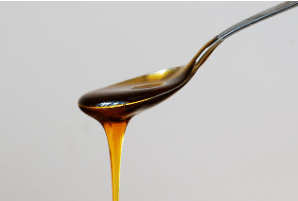
Honey was considered a delicacy, a healing agent, and even a preservative. In ancient times, honey was so important that even Judaism made exceptions for it. As we know, the bee is an impure animal and forbidden to eat, yet honey was permitted because the sages ruled that it is not produced by the bee itself, but that the bee merely collects and concentrates the nectar.
Of course, that’s not quite accurate — honey is, in fact, the result of an enzyme secreted in the bee’s stomach that breaks down the nectar. But luckily for us, the sages chose to be pragmatic about this, or else we wouldn’t be able to dip an apple in honey on Rosh Hashanah to sweeten the bitter year we’ve just experienced.

